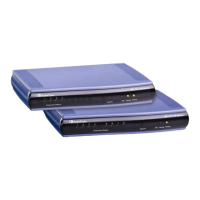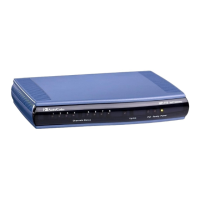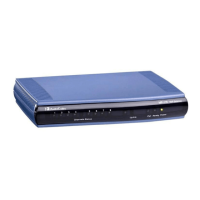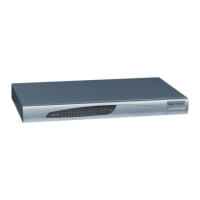SIP User's Manual 84 Document #: LTRT-12801
MP-500 MSBG
3. Define a new NAT/NAPT rule:
a. Under the 'NAT/NAPT Rule Sets' group, click the New Entry link; the following
page appears:
Figure 3-64: Defining NAT/NAPT Rule
This page is divided into two main groups: 'Matching' and 'Operation'. The 'Matching'
group defines the LAN addresses to be translated to the external addresses, which are
defined in the 'Operation' group.
4. Configure the 'Matching' group parameters to define characteristics of the packets
matching the rule.
a. Source Address: source address of packets sent or received by the device.
Specify the computer or group of computers to which you want to apply the rule.
Select an address or a name from the list to apply the rule on the corresponding
host, or 'Any' to apply the rule on all the device's LAN hosts. If you want to add a
new address, select 'User Defined' to add a new Network Object representing the
new host (refer to ''Configuring Network Objects'' on page 121.
b. De
stination Address: destination address of packets sent or received the device.
This address can be configured in the same manner as the source address.
c. Protocol: specify a traffic protocol. Selecting the 'Show All Services' option
expands the list of available protocols. Select a protocol or add a new one using
the 'User Defined' option to add a new Service representing the protocol (refer to
''Configuring Protocols'' on page 120).
5. Config
ure the 'Operation' group parameters to define the operation that will be applied
to the IP addresses matching the criteria defined above. The operations available are
NAT or NAPT:
• NAT: The NAT address into which the original IP address is translated. The drop-
down list displays all of your available NAT addresses/ranges, from which you can
select an entry. If you want to add a single address or a sub-range from the given
pool/range, select the 'User Defined' option to add a new Network Object
representing the new host (refer to ''Configuring Network Objects'' on page 121).
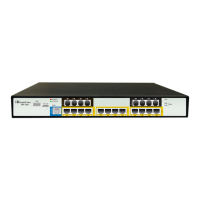
